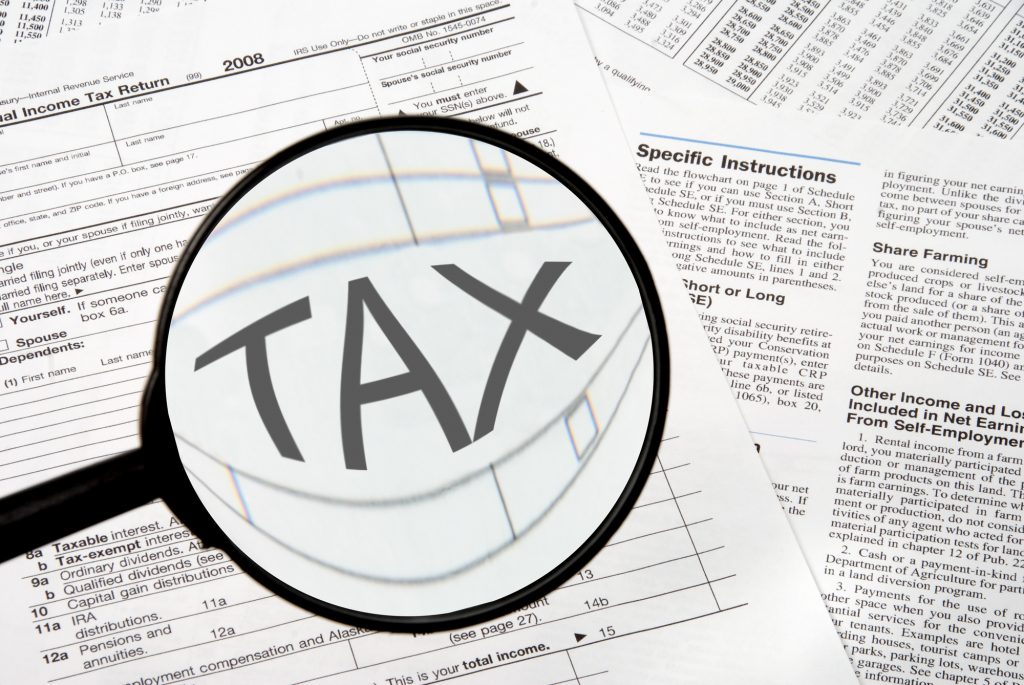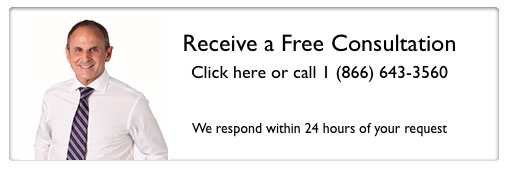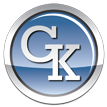
The self-employment tax is just above 15.3%. It usually consists of Medicare and social security.
If you’re self-employed, you have to stay on top of your taxes. You have to know how much to pay and when to pay. This is why it’s helpful to have a software to keep track of your business and personal expenses.
Having software or an accountant do your taxes quarterly can help you avoid potential disaster with the IRS. You want to avoid paying more taxes to the IRS than you already do.
If you’re unsure of how to pay taxes quarterly, here’s a guide on how to pay taxes to the IRS quarterly that will lower your stress.
Start Saving
Part of learning how to pay taxes quarterly when you’re self-employed is about learning to save your income.
If you’re paid $2000 every month, figure out what percentage you need to take out when you pay for taxes. You should look at your state and figure out if you should take 20-30% or less of your income and devote it to taxes.
Remember, you are paying based on how much you earn as someone who is self-employed.
The dates you’ll be sending your taxes are:
- April 15th, 2020
- June 15th, 2020
- September 15th, 2020
- January 15, 2021
It’s incredibly important that you remember these dates so you don’t pay your taxes late.
Essentially, you are paying for an accumulation of your taxes every three months instead of your taxes being taken out every two weeks in your paycheck.
Calculate Your Income
Another helpful tip when you are learning how to pay taxes quarterly is figuring how to calculate your income.
If you make $4000 per month, it’s an income of $48,000 per year. However, this isn’t your true income. It isn’t your true income because you have to subtract business expenses.
If you have $8000 per year in business expenses, your true income will be closer to $40,000. As a result, you’ll be paying fewer taxes because your income is lower.
This is why calculating your income is so important. You don’t want to pay more in taxes than you already do.
Some helpful tips include keeping track of deductible expenses each year. You should also keep track of office supplies, travel expenses, and mileage.
It’s important to deduct expenses so you know how much to pay for taxes.
If you need help deducting expenses or have questions about how an accountant can make it easier for you, check out our accounting services.
Estimate Your Earnings
Now that you know how much you are making, figure out how to put aside for groceries, rent, and other living expenses.
You should have a percentage of how much you’re making after you deduct expenses and taxes.
A helpful tip is to set aside a specific amount after you get paid. Automatically transfer it from your business checking account to your living expenses account.
When it’s time to pay for your quarterly taxes, you have money left in your business checking and you already have your living expenses transferred to your other checking account.
You can also calculate your annual earnings and deduct taxes with that method.
For instance, if you make $100,000 per year, you should put aside 30% of that income toward taxes, which would be $30,000. Now you have an idea of how much you need to pay at the end of the year.
You can break the total amount, $30,000, into 4 dates for the quarterly taxes. You would have to estimate $7500 each quarter for taxes.
Pay Early
Now that you have an idea of how much to pay, you can always set aside money earlier and pay early. There’s nothing wrong with paying the IRS early.
If you’re late, however, you’re at risk of incurring a penalty.
If you anticipate having a rough month, you can always pay early. The IRS won’t penalize you for paying early.
If you’re unsure of where to pay taxes, you can read this blog post that discusses the 7 ways to pay your taxes.
Other Tips
If you think you owe more than $1000 in taxes in a tax year, you’ll have to pay quarterly taxes. If you think you have to less than that, you won’t have to pay quarterly taxes.
If you underpaid in quarterly taxes, you’ll most likely have to make up the difference when you file taxes. You’ll have to pay more in your tax return.
Another tip or consideration is the health insurance deduction. Some self-employed workers can claim tax deductions to help with medical and health insurance costs.
These deductibles can help pay for health insurance for you, your spouse, and your kids. It also includes dental plans.
Finally, while tracking your mileage was briefly mentioned, it’s important that you track everywhere you travel for work. You should track mileage on business trips, meetings at coffee shops, or where you travel for errands.
You can either deduct mileage with the standard mileage rate or the actual expense method.
These tips can help you figure out not only how to pay taxes, but possibly help you pay less than what you actually owe. The most important tip is to keep track of your expenses and to remember to pay accurately and on time.
Understanding How to Pay Taxes Quarterly Is Simple
While nobody likes to pay taxes, we still have to do it, especially if we are self-employed or freelancing. Understanding how to pay taxes quarterly with these strategies will help you set aside funding when it’s time to actually pay.
You should eventually feel accustomed to paying quarterly taxes and how much to budget. If you have an accountant, it can make the process easier and you won’t have to worry as much when you file at the end of the year.
For more information on filing taxes when you’re self-employed, contact us here.


